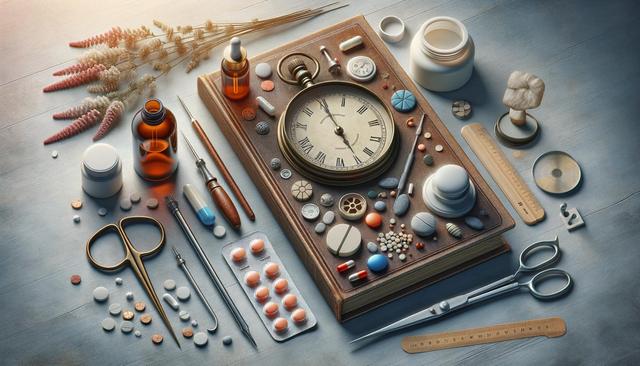Understanding the Importance of Stroke Therapy
Stroke therapy plays a vital role in helping individuals regain lost abilities and improve their quality of life after a stroke. Depending on the type and severity of the stroke, therapy plans are tailored to meet the unique needs of each patient. This recovery process often involves a combination of physical, cognitive, and emotional rehabilitation that helps patients adapt to changes and work toward independence. Early and consistent therapy can significantly affect recovery outcomes, making it essential to begin as soon as medically possible.
Therapy not only aids in physical recovery but also addresses psychological and social challenges. Many stroke survivors experience depression, anxiety, or frustration, which can hinder their overall progress. By integrating emotional support into the rehabilitation process, patients are more likely to stay motivated and engaged in their recovery journey. The inclusion of caregivers and families in therapy sessions can also create a more supportive environment.
Types of Stroke Therapy Approaches
There are several types of stroke therapy, each targeting different aspects of recovery. The most common include:
- Physical therapy: Focuses on improving mobility, strength, and coordination
- Occupational therapy: Helps patients relearn daily tasks such as dressing, cooking, and personal hygiene
- Speech and language therapy: Assists with communication difficulties and swallowing issues
- Cognitive therapy: Targets memory, attention, and problem-solving skills
A multidisciplinary approach that incorporates these therapies often leads to more comprehensive recovery. Therapists may use specialized equipment like treadmills with body-weight support, robotic-assisted devices, or virtual reality tools to enhance outcomes. The integration of technology in therapy sessions is becoming increasingly common and can offer interactive and motivating ways for patients to practice skills.
Personalized Rehabilitation Plans
Every stroke survivor’s journey is unique, which is why personalized rehabilitation plans are essential. These plans consider factors such as the location and severity of the stroke, the patient’s age, overall health, and personal goals. Customizing therapy ensures that interventions are relevant and effective, increasing the likelihood of successful outcomes.
Rehabilitation professionals typically assess a patient’s capabilities and limitations through various tests and observations. Based on these findings, they develop a plan that sets short-term and long-term goals. These may include:
- Regaining the ability to walk unaided
- Returning to work or hobbies
- Improving speech clarity and comprehension
- Enhancing daily living skills
Progress is regularly monitored, and therapy plans are adjusted as needed to reflect improvements or new challenges. This dynamic approach keeps patients engaged and ensures that therapy remains effective throughout the recovery process.
The Role of Caregivers and Support Systems
Caregivers and family members are essential partners in the stroke recovery process. Their involvement can significantly influence the patient’s emotional well-being and motivation. Providing a stable and encouraging environment at home helps reinforce the skills learned during therapy sessions and supports continued progress.
Support systems may include:
- Family and friends who assist with daily care and emotional support
- Community stroke support groups where survivors can share experiences
- Professional counseling services for both patients and caregivers
- Home health aides or visiting therapists who extend care beyond clinical settings
Educating caregivers about stroke recovery strategies and potential setbacks can enhance their ability to support the patient effectively. Many rehabilitation centers offer training and resources to help families adjust to their new roles and responsibilities.
Long-Term Recovery and Lifestyle Adjustments
Stroke recovery does not end when formal therapy sessions stop. Long-term recovery involves ongoing efforts to maintain and build upon the gains made during rehabilitation. Lifestyle changes, regular exercise, and preventive healthcare are all important components of sustained recovery.
Some important long-term strategies include:
- Maintaining a heart-healthy diet to reduce the risk of another stroke
- Engaging in regular physical activity tailored to the individual’s abilities
- Continuing cognitive exercises and social interaction
- Attending follow-up appointments and participating in community programs
Patients who remain proactive about their health and rehabilitation are more likely to experience meaningful improvements. It’s also important for them to stay in close communication with healthcare providers to address any new symptoms or concerns promptly.
Conclusion: Supporting Recovery Through Targeted Therapy
Stroke therapy is a multifaceted and evolving process that requires medical expertise, personal determination, and strong support systems. By understanding the various types of therapy, the importance of personalized plans, and the role of caregivers, individuals affected by stroke can navigate their recovery with greater clarity and confidence. Effective stroke therapy not only restores physical abilities but also empowers survivors to rebuild their lives in meaningful ways, making it an essential part of the healing journey.






